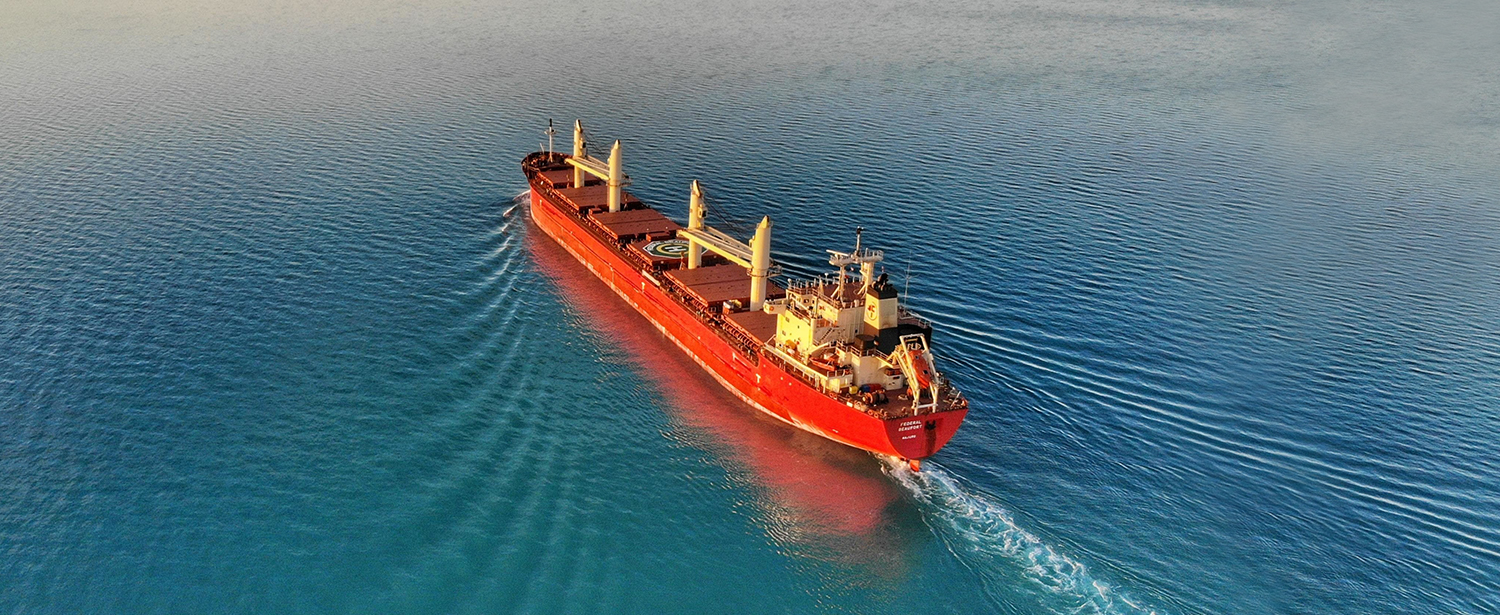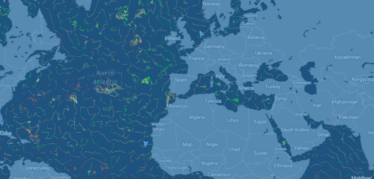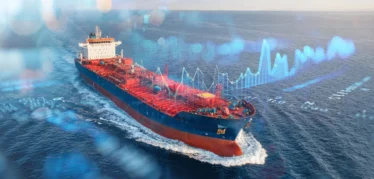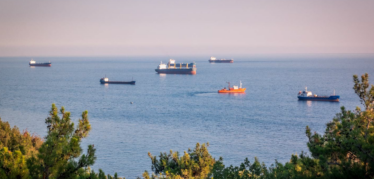As the global issue of climate change grows increasingly imminent, the world is taking more aggressive action to spark systemic change across sectors and geographies.
Commercial maritime shipping is no exception. The marine transport sector alone accounts for approximately 2.5% of the global greenhouse gas (GHG) emissions that are driving climate change, totaling some 940 million tons of CO2 annually.
While there are still challenges and unknowns ahead, maritime shipping is on the verge of a breakthrough in its decarbonization journey. This decade is slated to be one of the most transformative on record, with the International Maritime Organization (IMO) targeting at least a 40% reduction in CO2 emissions by 2030.
As we saw when the IMO 2020 regulations came into effect earlier this year, sustainability efforts in shipping are complicated, and many potential means to address these goals are still in development. However, as social and regulatory pressures steepen, industry leaders are taking matters into their own hands by prioritizing sustainability in their day-to-day operations.
While low-carbon fuels and more efficient engines are likely to be key contributors in reducing emissions for the long-term, maritime organizations can take action today to enhance the efficiency and sustainability of every voyage.
Let’s take a look at how to drive both your sustainability strategy and your bottom line by focusing on operational efficiency as a means to proactively reduce wasted resources, time, and money.
Continuous Improvement
From planning through execution and analytics, every voyage decision has an impact not only on profitability, but also on the environment. For maritime organizations to confidently make decisions that maximize sustainability and profitability, they need access to actionable data in real time.
For example, charterers need the ability to project and compare different voyage estimates based on bunker consumption, fuel types and ROBs per tank, requirements in different ECA zones and ports, and more. Additionally, as changes arise throughout the voyage, operators need to understand how bunker consumption is affected so they can make quick adjustments if a vessel is no longer sailing optimally. These decisions are made by consulting a wide variety of contributing variables; a digital solution that incorporates emissions data into the workflow simply adds sustainability objectives to the decision process. With this visibility, charterers and operators can properly optimize vessel and voyage performance while accounting for sustainability factors, resulting in a decrease in CO2 emissions and an increase in profits.
By better understanding the impact of operational actions, decision-makers can make necessary adjustments and continually optimize the performance of every vessel and voyage.
Measuring Impact
As the saying goes, what gets measured, gets managed.
Aggregating and analyzing voyage and vessel performance data is key to continuously enhancing operational efficiency and more sustainable business decisions. For example, by calculating and tracking CO2 emissions for each voyage, maritime organizations can better understand the environmental impact of their operations and leverage this historical data to improve emissions in future voyages.
With an integrated digital solution to track and benchmark vessel and voyage performance data in real time,
- Charterers can ensure they are fixing the most efficient and environmentally conscious business,
- Operators can ensure vessels continue to sail optimally throughout the voyage,
- And financial professionals can easily capture and report on results.
The industry-wide movement towards sustainable shipping is a large and complex undertaking, requiring significant investments of time, talent, and resources from a diverse range of stakeholders. It is also a journey that begins with you.
By leveraging the connectivity and visibility that digital technology provides, industry leaders can better understand the impact of current initiatives and identify gaps. This enables organizations to enhance the efficiency of their operations today while also positioning themselves to take advantage of new efficiencies in the future as the industry continues to transform.
Uncovering New Efficiencies with the Veson IMOS Platform (VIP)
With condensed margins, more stringent regulations, rapidly evolving technologies, and the demand for more sustainable business practices, maritime shipping organizations are constantly looking for ways to enhance efficiency. Designed to streamline the diverse and complex workflows of commercial maritime, the Veson IMOS Platform (VIP) provides the tools necessary to optimize vessel and voyage performance with a concentration on stainability while positively impacting the bottom line.



 Aidan Williams
Aidan Williams
 Antoine Grisay
Antoine Grisay
 Josh Luby
Josh Luby